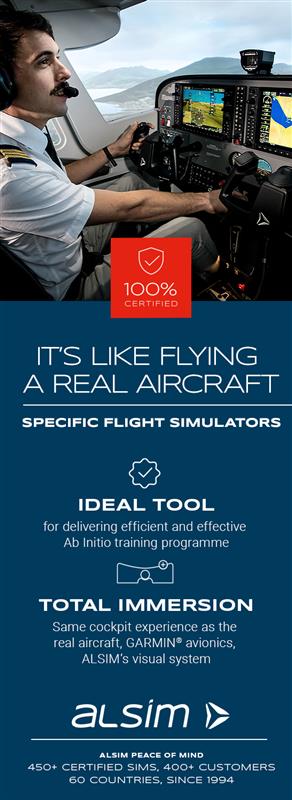Industry Experts Urge Mandatory Adoption of Simulated ATC Environment (SATCE) in Pilot Training
A collaborative white paper has been published that advocates for the widespread integration of SATCE in pilot training programs and flight simulators. Titled “Bolstering Safety and Resilience with an AI-Based Pilot Training Technology,” the paper features insights and contributions from over 20 industry professionals and regulators.
The paper highlights SATCE as the ‘missing link’ and the ‘next evolution’ in flight simulation, employing AI-based technologies to simulate traffic and air traffic control (ATC) during scenario-based flight training. Currently, the inadequate simulation of these crucial elements poses a recognised training deficit.
The call for mandatory adoption comes at a critical time, considering recent aviation incidents both in the United States and globally, and the renewed emphasis on runway safety. By expediting the implementation of SATCE, particularly beneficial for airport-related training scenarios, the industry has the opportunity to enhance pilot training, fortify pilot resilience, and bolster aviation safety.
Topics covered include: recent incidents and flight safety concerns, changing pilot demographics, expedited cadet training, operational threats (communications, ATC, traffic), current flight simulator technology shortcomings and practice, AI, SATCE, technical standards, CBTA, LiFUS & IOE, LOFT, EBT, training data, LVC, AAM, regulations, and current FAA research into SATCE.
The group, led by Cpt. Michael Varney, a founder of Evidence-based Training (EBT) and CEO at Salient, Matt Littrell, FlightSafety International, and industry consultant and SATCE SME Dr. Jeremy Goodman, collaborated online to formulate their recommendations. The authors are optimistic that their work will stimulate meaningful discussions and prompt decisive action within the aviation industry.
Michael Varney, experienced pilot, instructor and industry leader, comments “In our most recent LOSA projects, ATC has become the number 1 threat in operations. We now have the technological capability to bring a realistic ATC environment into training. Choosing to ignore this [SATCE] is like choosing to operate without a visual system. If we expect pilots to develop their capabilities during IOE/LiFUS [without SATCE] we are significantly increasing the risk to operations.”
The white paper can be downloaded from here.
Source: Dr. Jeremy Goodman (Realise The Vision)
Photo Credit: Dr Jeremy Goodman (Realise The Vision)

You may also check our Terms and Conditions for our Content Policy.
Searching for specific information – kindly contact us to see if we can assist you.
Check out the more than 18054 relevant pilot training industry updates here.




